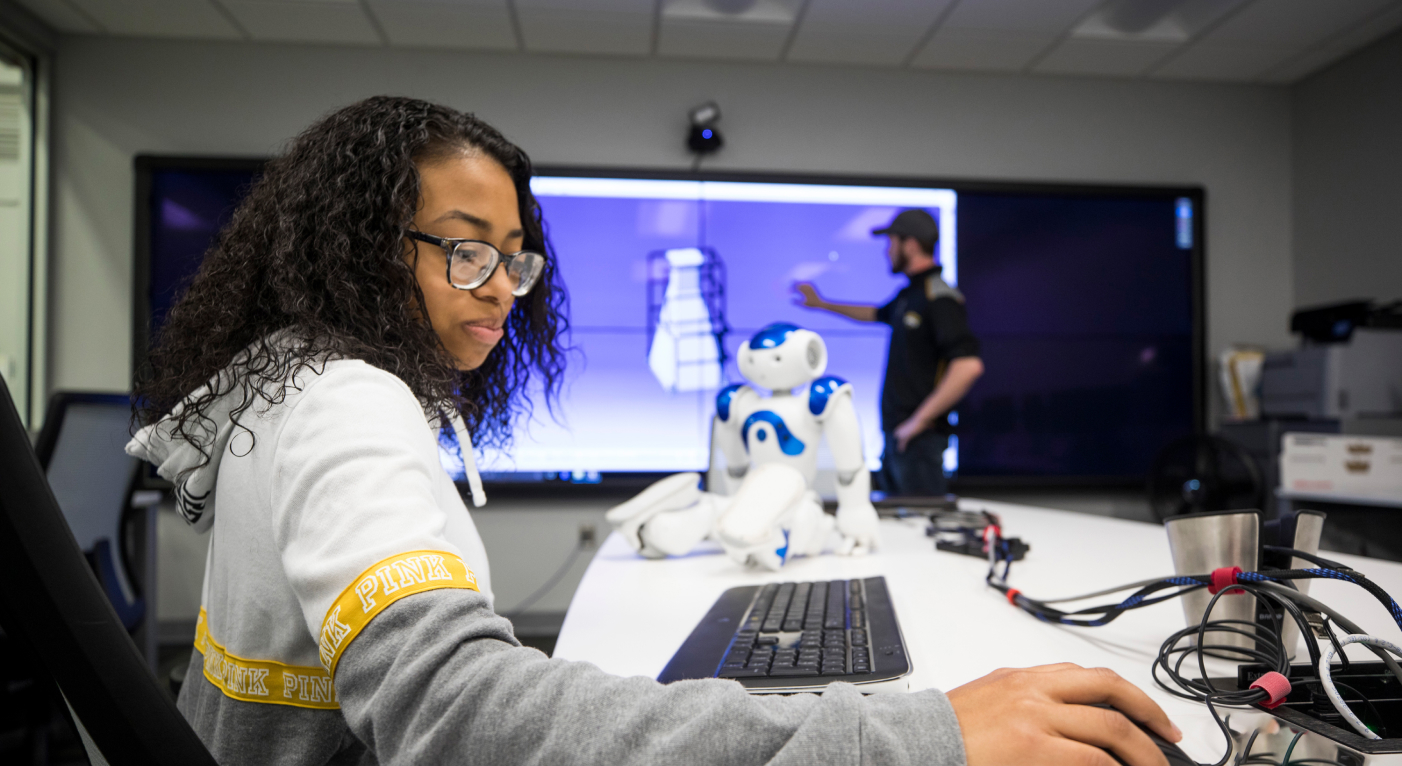AI Innovation Without the Perspiration
Sitting in the audience at Anthology’s annual user conference, Anthology Together 2023, Carolyn Speer recalled, “I gasped out loud” at the announcement of the AI Design Assistant.
As the director of the Office of Instructional Resources, Speer had been leading the charge on finding ways to take advantage of generative AI to benefit instructors at WSU. “I knew it would be a lot of work, but I had already begun developing training on different AI tools that instructors could use to make their lives easier. So, this announcement showed us that Anthology also saw the opportunity, understood what instructors needed, and developed something we could use right away.” Jokingly, she added, “Once I got over being annoyed that I had spent my time working on this, I was really excited to see the tools in action and how faculty might respond.”
Reassured by Anthology’s Trustworthy AI Approach, the OIR team submitted the AI Design Assistant to the WSU Data Management Committee for approval to use. Once approved and the features made available to users, the team was pleasantly surprised by the warm reception from faculty and instructional designers alike.
I use the AI Design Assistant to create learning modules for all my classes. I can take the syllabus and course information for a class and quickly turn it into a course structure in Blackboard. It speeds up the development process, [but] it doesn’t replace the human aspect of quality course design—it just reduces the tedium of developing classes and lets experts focus their energy where they should.
Rachel Bastian, Instructional Designer, Wichita State University
Instructional Designer Rachel Bastian also shared that by reducing the burden of administrative work on instructors and instructional designers, AI tools can actually improve course content and instruction. “By making the relatively easy but time-consuming tasks like creating exam questions much faster, instructors can create new questions every semester instead of re-using old ones, and incorporate more formative assessments into their courses which can help monitor and improve teaching and learning.”
Besides saving instructors' valuable time, John Jones, the executive director of the Media Resources Center, added that the AI Design Assistant can provide inspiration to subject matter experts as they develop their courses. As a research institution, WSU has many instructors who are very narrowly focused in their fields, but don’t necessarily have the same depth of expertise in instruction—and “The AI Design Assistant can help bridge that gap.”
What the AI Design Assistant gives faculty is a wingman or a partner in developing content in a way that only another subject matter expert can. They can bounce ideas around with the AI Design Assistant—almost like having a graduate assistant—but the instructor is ultimately the one in charge.
John Jones, Executive Director, Media Resources Center, Wichita State University






